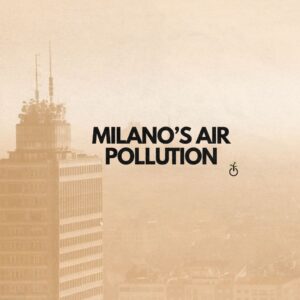When talking about food waste, we may think the scraps of food we throw away after cooking or the leftover we never end up eating. However, food waste originates at the different stages of production of the food system. In fact over a third of all food produced (about 2.5 billion tons) is lost or wasted each year and about one third of this occurs in the food production stage. Boston Consulting Group, estimated that this wasted food is worth about $230 billion.
The UN also reports that about a third of the global population (mostly in developing countries and low income countries) didn’t have enough access to food in 2020. This was an increase of 320 million people from
the previous year. This continuous positive trend is expected to rise by another third by 2030.
As we have stated food waste or food loss can refer to different stages or even different categories of wasted food. Food loss for example refers to “uneaten agricultural, forestry and fishery products”. This occurs during the stage of production and distribution and it can also be caused by either a reduction in the quantity of quality of food. Food waste, on the other hand, refers to “edible food which is intended for consumption but instead gets discarded or expires”. This can occur at different stages such as preparation, sales or food service.
The saying “Less is Better” applies also to this case. In fact rich countries are the ones that wast the most, as do industrialized countries. If we look at the US for example, about 63 million tons of food were wasted in 2018. From a positive point of view, about a third of this waste was transformed thanks to various strategies: animal feed, bio based material, anaerobic digestion, composting, donation, fertilizer and many more. But what can be done with the remaining two thirds?

Food waste may seem harmless compared to other disposed materials such as plastic, however, when it rots it releases methane emissions into the atmosphere without proper management. Food waste, in fact, makes up
the largest single category of waste which fills up landfills in the US (about 24% of all landfills and 22% of incinerated solid waste in 2018). This causes for about 6% of the world’s total emissions to derive from food waste.
Ultimately how can we manage food waste ?
One way is to eradicate the problem at the source. Food waste starts at production, and storage should be optimized. Excess food, instead of being throw away, should be redistributed either to food distribution organizations or food donation programs. The excess food can also be put to different uses such as animal feed or industrial use – conversion of excess food into energy. Ultimately food should be composted, so recycled.
By Anna De Seta
Sources:
https://greenly.earth/en-us/blog/ecology-news/global-food-waste-in-2022 https://altametrics.com/blog/food-waste-management-6-strategies-to-reduce-the-impact- of-food-waste.html




